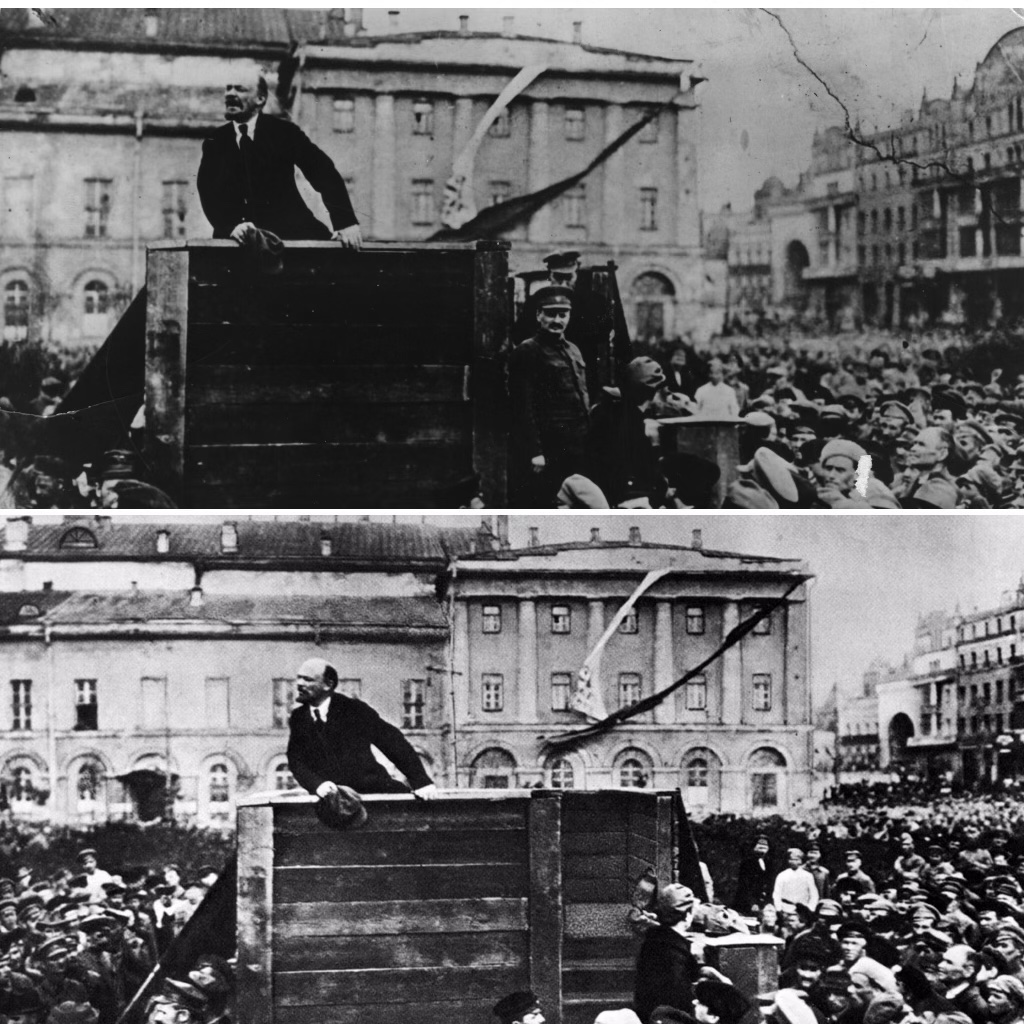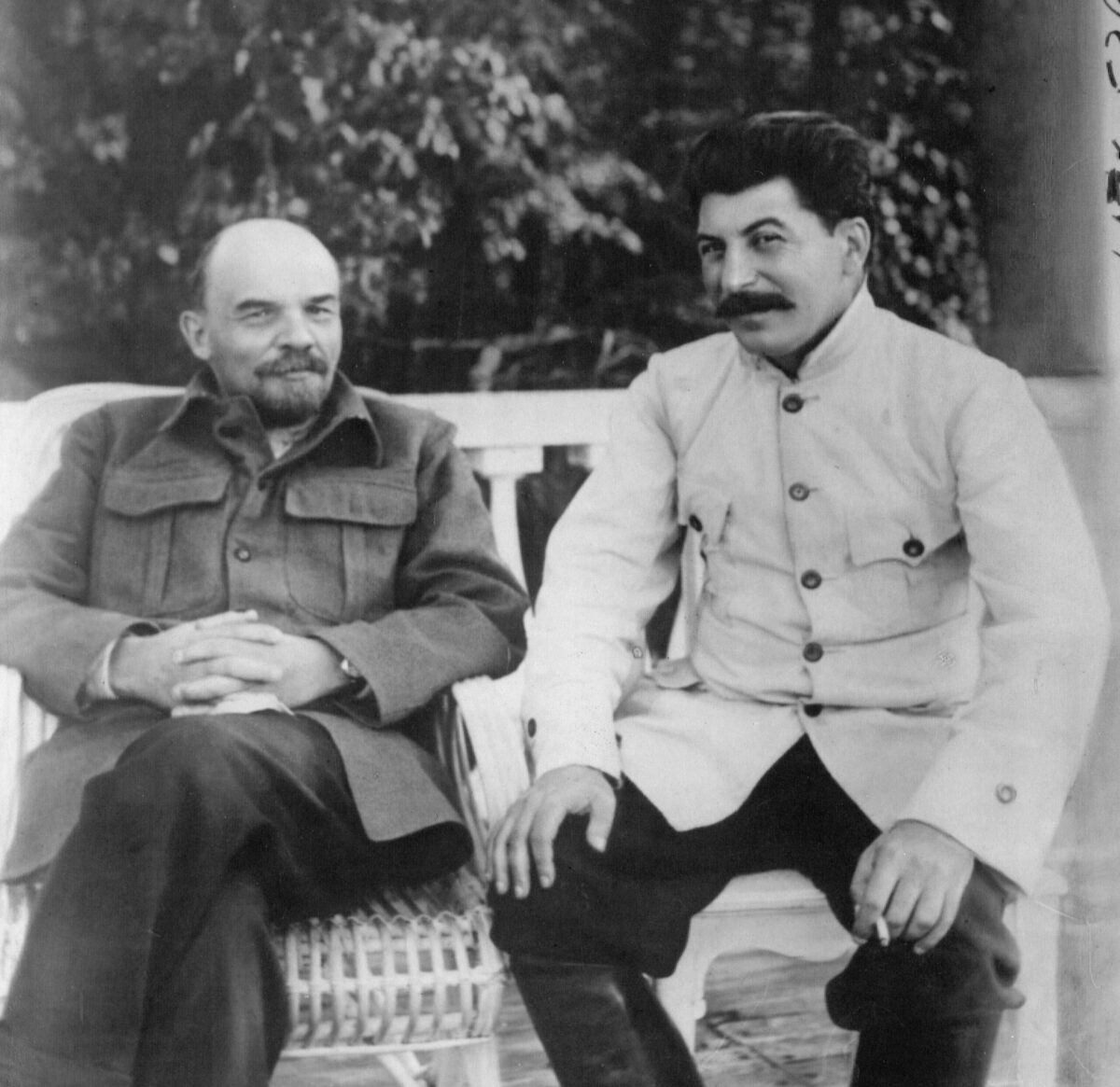What do Instagram influencers and Joseph Stalin have in common? At first blush very little, but upon second glance the impeccably smooth skin of the Soviet leader seems incongruous with 20th-century Russian living.
Which raises the question, was Stalin the “OG” of “Photoshop?”
“Photographic retouchers in Soviet Russia spent long hours smoothing out the blemishes of imperfect complexions,” writes David King in his book, The Commissar Vanishes: The Falsification of Photographs and Art in Stalin’s Russia.
As he gained power, the Soviet premier had a bevy of photo retouchers at his disposal to help smooth out his pockmarked skin — the result of suffering from smallpox as a child.

In the wildly reproduced image taken in 1922, Stalin took photo editing to new heights in his portrait with Vladimir Lenin, the leader of the Bolshevik Revolution and founder of the USSR. The two appear friendly, intimating that Stalin is the heir apparent.
In reality, the photograph is heavily reworked. According to the Met Museum, “retouchers smoothed Stalin’s pockmarked complexion, lengthened his shriveled left arm, and increased his stature so that Lenin seems to recede benignly… in a letter dictated around the time the picture was taken, Lenin described Stalin as intolerably rude and capricious and recommended that he be removed from his position as the Communist Party’s secretary general.”
During the 1930s the retouching went from the somewhat innocent act of blurring facial imperfections to the pernicious practice of falsifying reality.
In the later years of Stalin’s tenure, those who ran afoul of the Soviet leader were simply erased.

Millions of innocent people perished during Stalin’s “Great Purge,” including many within his inner circle. Those men were not only killed but expunged from the Soviet photographic record. Leaders like Leon Trotsky and Lev Borisovich Kamenev were airbrushed out of pictures throughout Stalin’s reign.
Nikolai Yezhov, the chief of the Soviet security police (NKVD) during the height of the Great Purge from 1936-1938, was, like Maximilien Robespierre, an eventual victim of the systematic terror he himself helped to foment. Photographed with Stalin along the banks of the Moscow-Volga Canal in April 1937, Yezhov was subsequently removed from the original image after his execution in February 1940.
The deliberate erasure effort and falsification during the Stalin years means “that it is possible to tell the story of the Soviet era through retouched photographs,” according to King.
Like the dire warnings from Milan Kundera in his The Book of Laughter and Forgetting and echoed once again in Hannah Arendt’s 1967 essay Between Past and Future:
The chances of factual truth surviving the onslaught of power are very slim indeed; it is always in danger of being maneuvered out of the world not only for a time but, potentially, forever. Facts and events are infinitely more fragile things than axioms, discoveries, theories — even the most wildly speculative ones — produced by the human mind; they occur in the field of the ever-changing affairs of men, in whose flux there is nothing more permanent than the admittedly relative permanence of the human mind’s structure. Once they are lost, no rational effort will ever bring them back.





